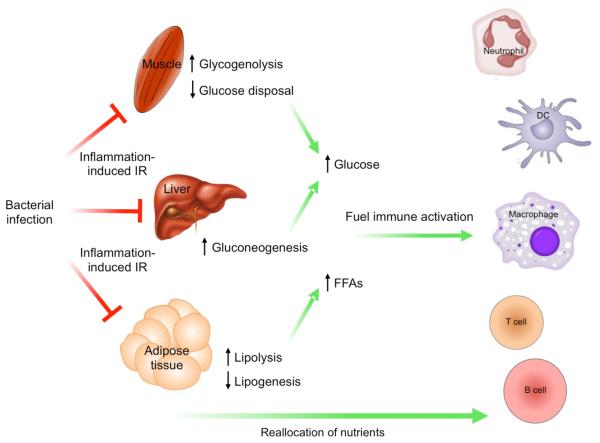Figure 4. Infection-induced insulin resistance is adaptive.
Bacterial infection of the host activates innate immune cells, resulting in the release of pro-inflammatory cytokines that mediate insulin resistance in metabolic tissues. Insulin resistance in the liver increases gluconeogenesis, whereas in muscle it decreases glucose disposal and increases breakdown of stored glycogen. This has the net effect of increasing circulating levels of glucose, a nutrient that is preferentially used by innate and adaptive immune cells to fuel their activation. In parallel, insulin resistance in adipose tissue decreases lipogenesis and increases lipolysis. The free fatty acids (FFAs) released by adipocytes are used to support the metabolic demands of immune and non-immune cells.

